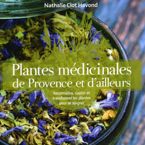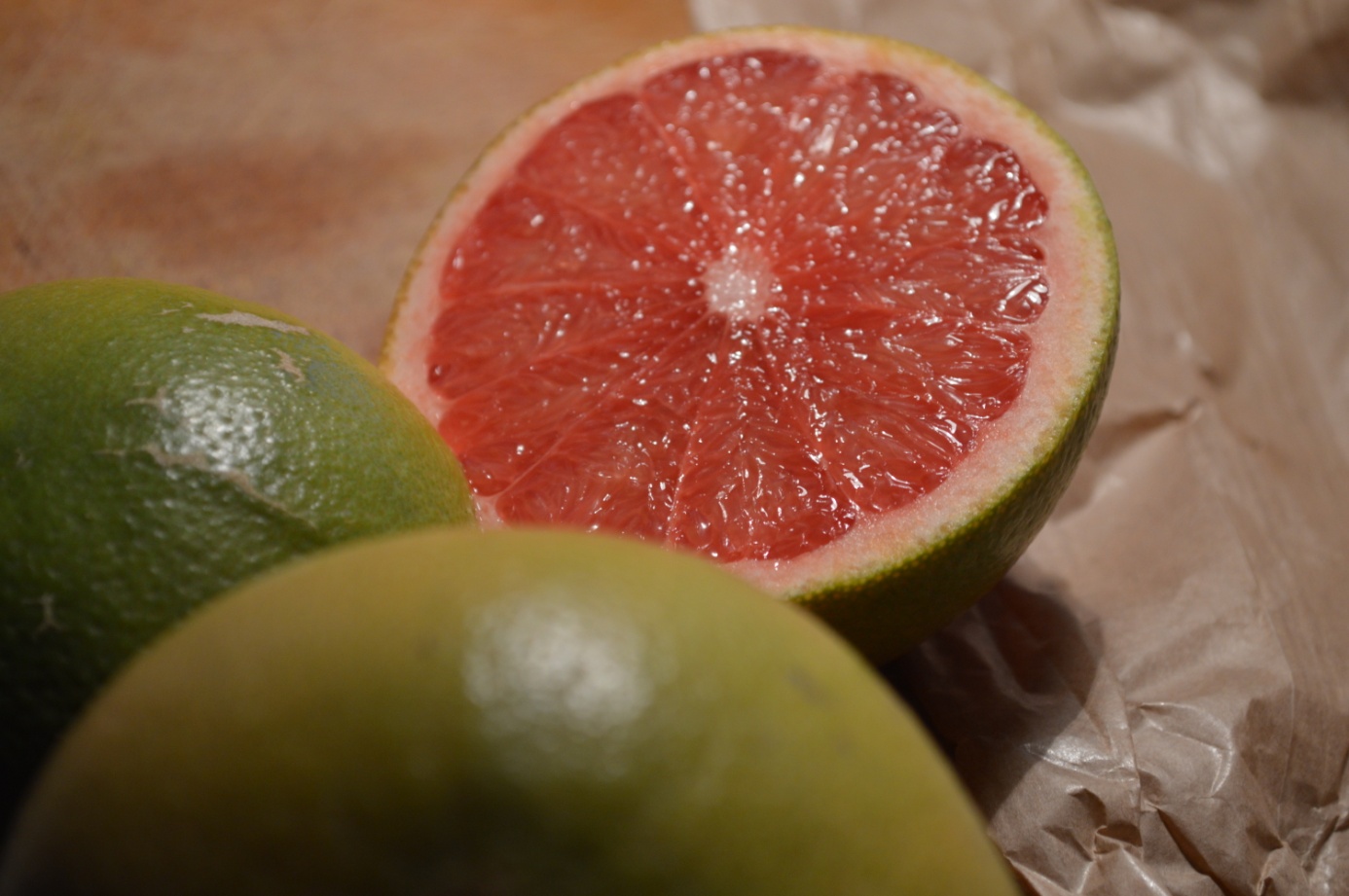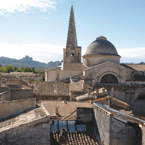
Interview with Ms. Havond, author of ‘Plantes médicinales de Provence et d’ailleurs’.
Interviewed in Saint Remy de Provence at a meeting on June 19 with Nathalie Havond, botanist and assistant director of the school IMDERPLAM (Mediterranean Institute of Documentation, Education and Research on Medicinal Plants located near Montpellier) .
On May 23, Nathalie Havond was signing his book Medicinal Plants of Provence and elsewhere to travel bookstore at the end of the night, Saint Remy de Provence at the foot of the Alpilles.
When was your interest in plants and on what occasion was it manifested?
“I’ve always been passionate about the plants I hung around regularly on hikes. Then there about ten years, I decided to train in a school of medicinal plants. It was a revelation! Then, after writing my thesis on the inventory of the medicinal flora in the Alpilles and more widely in Provence, I had the idea to propose this work to a publishing house that has everything to following been interested. ”
You’re deputy director and teacher at IMDERPLAM?
“Yes, I am lucky and delighted to lead the school where I was formed in association with one of its founders, Claudine LUU. I teach systematic botany * medicinal plants, it allows students become independent on the ground. The transmission is a passion that began when I organized outings in the Alpilles. ”
* classification of plants (Ed)
What is a medicinal plant?
“It is a plant that contains active ingredients whose therapeutic properties can be used in different indications. We can consider that all plants contain active ingredients, some more than others. On the other hand a plant still contains more active ingredients and all the effects achieved through these often exceeds their strict sum. The active ingredients contained in a plant work synergistically. Thus, 1 & 1 does not equal 2, but more. ”
The flora in Provence, what are the main species ?
“Plants must adapt to the hot and dry climate of Provence. Some of them produce essential oils that will free the day to protect themselves from the heat. Thus, we will meet many plants essence. Lamiaceae (lavender, thyme, rosemary, sage, savory …) Apiaceae (fennel, wild carrot …) ”
What plant attracted you in particular?
“I would cite the purple part of the seven species pectoral *. For color of great beauty that touches me. It is also the symbol of serenity; is a plant that soothes. ”
* The so-called pectoral plants as property of promoting the relief of diseases related to the respiratory tract (Ed)
What are the most used plants?
“Probably the thyme and rosemary that are found in abundance. Their multiple active ingredients are very powerful. Here it is common thyme (Thymus vulgaris) who likes calcareous soils. In Ardèche, such as where land is more acidic, you will find the wild thyme (Thymus serpyllum). Rosemary (Rosmarinus officinalis) is extraordinary as cerebral and digestive tonic. You can use a decoction * in cure of three weeks in the spring or fall, when passing from one season to another. ”
* decoction decoction talking with woody plants (which wood). This is the result of the boiling up of a quantity of water with one or more plants. Unlike the infusion: drink obtained leaving infuse plants in hot water, off heat. (Ed)
Can you give us a little recipe?
“Thyme is a tonic, a stimulant, ideal when tired shots. In case of cooling, start cold or sinusitis, make a decoction with about a tablespoon of dried plants in a large bowl and make inhalation. ”
What plant is for you the most ?
“The Star of Bethlehem, the lady-d’onze hours or ornithogale. This little plant with its petals of immaculate whiteness is one of flower essences (Bach) most used for the comfort it provides. However, it is a toxic plant in herbal medicine; So, never use it in another form the flower essence. ”
For vitality, what plants do you recommend?
“The nettle for its remineralizing properties. ” And for more serenity, what plants would you recommend? “The lime, lemon verbena, lemon balm and promote sleep, hops. ”
What time of day is it preferable to picking? Is it important?
“Better to avoid moisture. To facilitate drying, the best time for picking will be after the dew, at the end of a sunny morning. For plants to gasoline, it is necessary to avoid the end of the day because at that time, plants are less concentrated in gasoline. ”
Interview by Mireille Miconnet, editor at and passionate Florame essential oils for over 20 years.






